Mango Fruit Harvest – Learn When And How To Harvest Mango Fruit
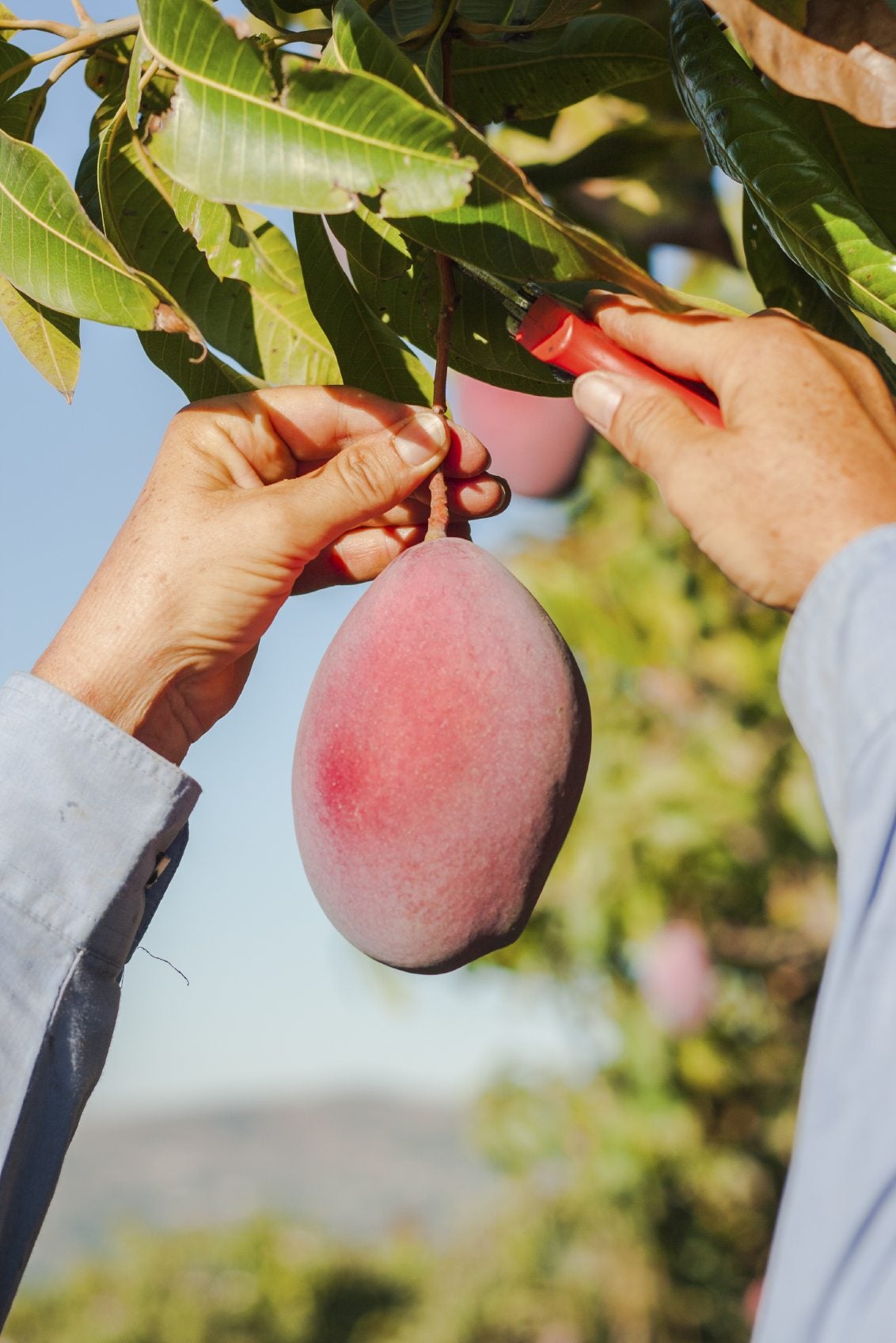
Mangos are an economically important crop in tropical and subtropical areas of the world. Improvements in mango harvesting, handling, and shipping has brought it worldwide popularity. If you are lucky enough to have a mango tree, you may have wondered “when do I pick my mangos?” Keep reading to find out when and how to harvest mango fruit.
Mango Fruit Harvest
Mangos (Mangifera indica) reside in the family Anacardiaceae along with cashews, spondia, and pistachios. Mangos originated in the Indo-Burma region of India and are grown throughout the tropical to subtropical lowlands of the world. They have been cultivated in India for over 4,000 years, gradually making their way to the Americas during the 18th century. Mangos are grown commercially in Florida and are suited to landscape specimens along the southeastern and southwestern coastal areas.
When Do I Pick My Mangos?
These medium to large, 30 to 100 feet tall (9-30 m.) evergreen trees produce fruit that are actually drupes, which vary in size depending upon the cultivar. Mango fruit harvest usually commences from May to September in Florida. While mangos will ripen on the tree, mango harvesting usually occurs when firm yet mature. This can occur three to five months from the time they flower, depending upon the variety and weather conditions. Mangos are considered mature when the nose or beak (the end of the fruit opposite the stem) and shoulders of the fruit have filled out. For commercial growers, the fruit should have a minimum of 14% dry matter before harvesting mangos. As far as coloration, generally the color has changed from green to yellow, possibly with a slight blush. The interior of the fruit at maturity has changed from white to yellow.
How to Harvest Mango Fruit
The fruit from mango trees does not mature all at one time, so you can pick what you want to eat immediately and leave some on the tree. Keep in mind that the fruit will take at least several days to ripen once it is picked. To harvest your mangos, give the fruit a tug. If the stem snaps off easily, it’s ripe. Continue to harvest in this manner or use pruning shears to remove the fruit. Try to leave a 4 inch (10 cm.) stem at the top of the fruit. If the stem is shorter, a sticky, milky sap exudes, which is not only messy but can cause sapburn. Sapburn causes black lesions on the fruit, leading to rot and cutting storage and usage time. When the mangos are ready to store, cut the stems to a ¼ inch (6mm.) and place them stem down in trays to allow the sap to drain. Ripen mangos between 70 and 75 degrees F. (21-23 C.). This should take between three and eight days from harvest.
Gardening tips, videos, info and more delivered right to your inbox!
Sign up for the Gardening Know How newsletter today and receive a free copy of our e-book "How to Grow Delicious Tomatoes".

Amy Grant has been gardening for 30 years and writing for 15. A professional chef and caterer, Amy's area of expertise is culinary gardening.
-
 Looking For Plants To Give You The Soft And Fuzzies? Try These 5 Fuzzy Leaf Plant Options
Looking For Plants To Give You The Soft And Fuzzies? Try These 5 Fuzzy Leaf Plant OptionsLovers of texture, drama, silver foliage and tactile plants will adore these special sensory garden additions. These fuzzy leaf plant options will leave you all aglow
By Susan Albert
-
 Get Ready For A Summer Of Hummers! Grow These Full Sun Hummingbird Plants and Flowers
Get Ready For A Summer Of Hummers! Grow These Full Sun Hummingbird Plants and FlowersIf you’re lucky enough to enjoy a sunny backyard, make sure you are maxing out on your pollinator opportunities and grow these full sun hummingbird plants and flowers
By Tonya Barnett
-
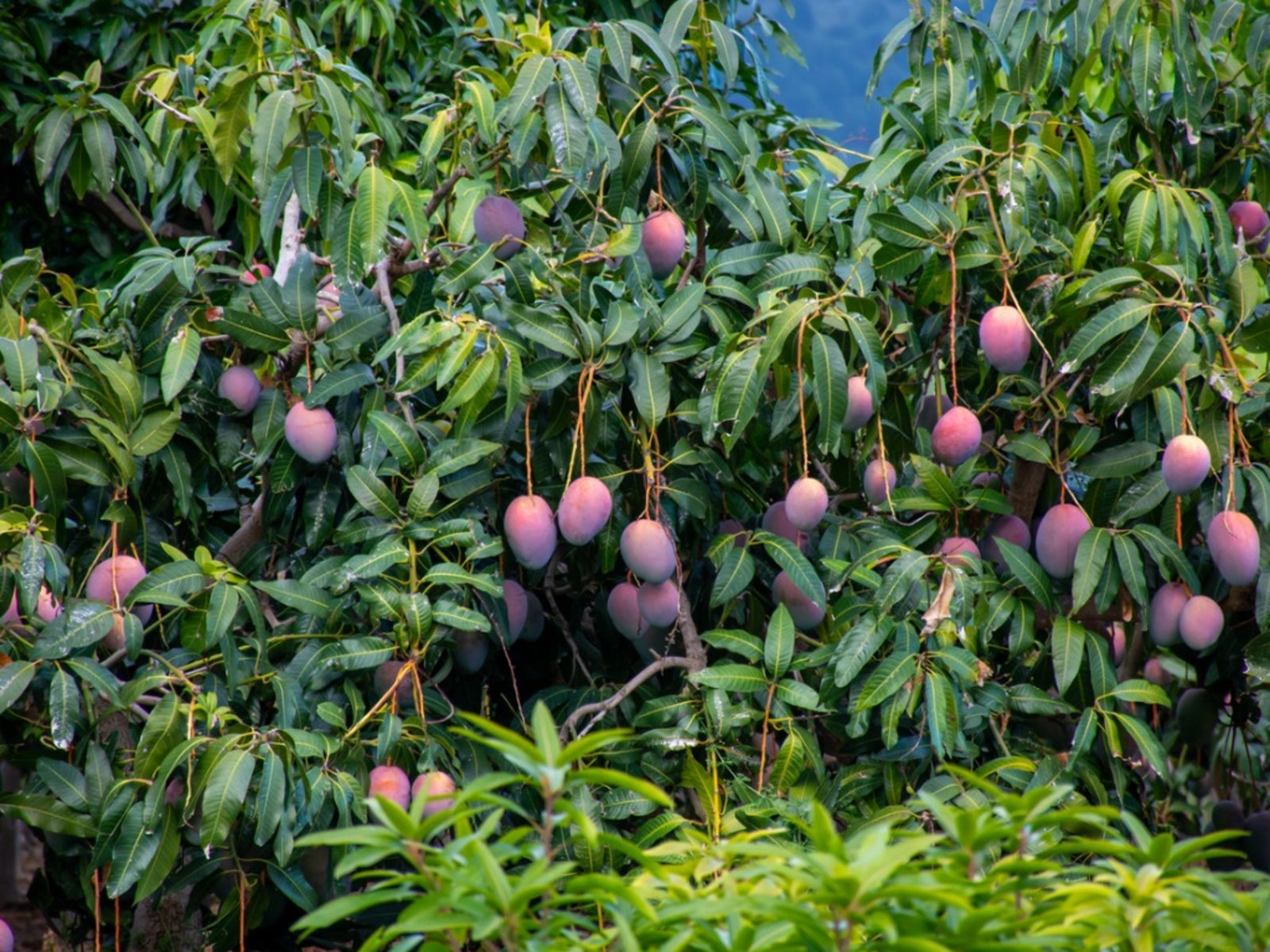 Mango Sun Damage: Treating Mangoes With Sunburn
Mango Sun Damage: Treating Mangoes With SunburnMangoes with sunburn have reduced palatability and are usually used to make juice. If you want to save the juicy fruits for out of hand eating, learn how to stop mango sunburn in your plants. This article can help with that. Click here for more information.
By Bonnie L. Grant
-
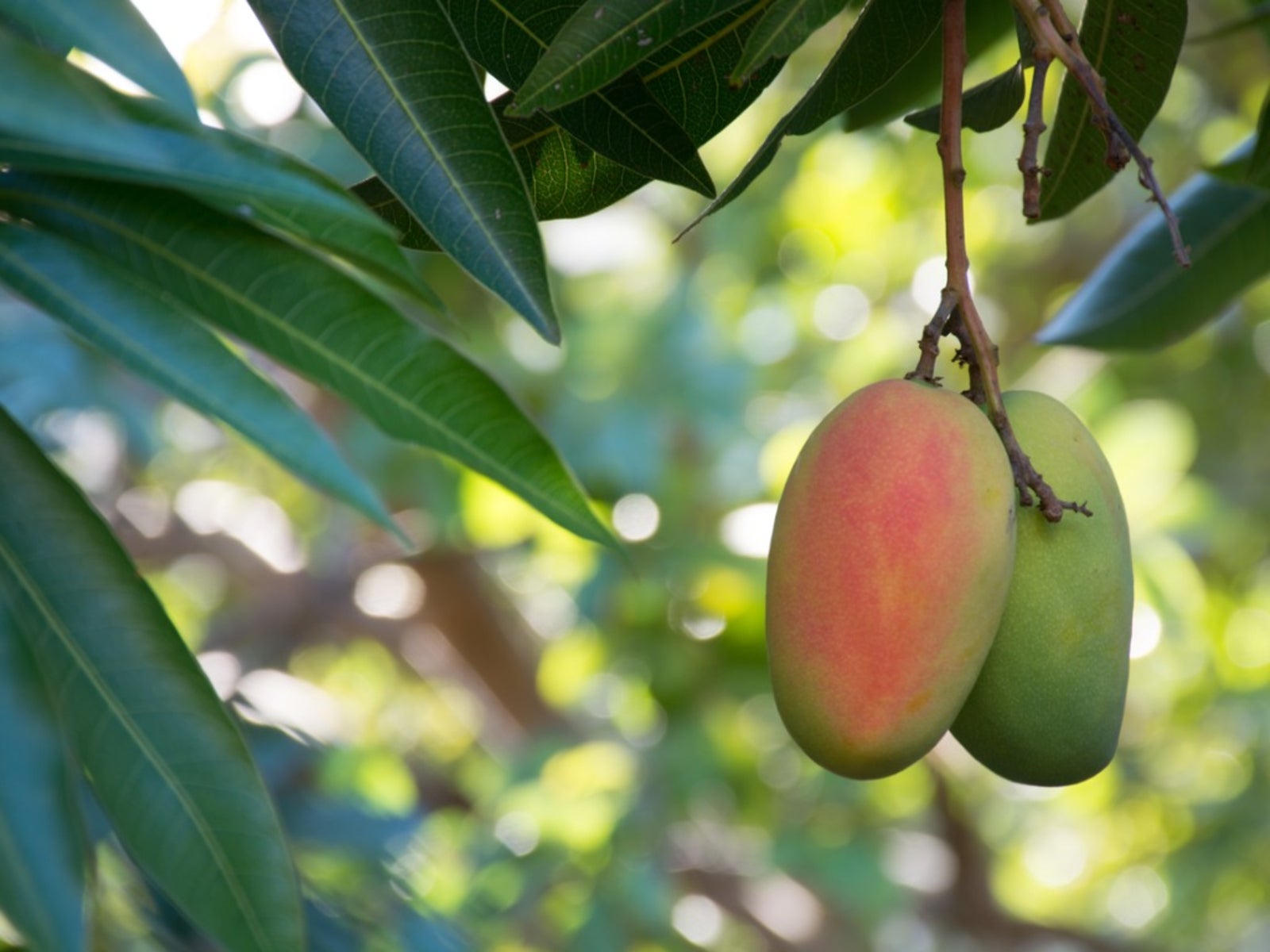 Mango Leaf Tips Are Burnt – What Causes Mango Tipburn
Mango Leaf Tips Are Burnt – What Causes Mango TipburnWhen your mango leaves are burnt on the tips, it’s likely to be a disease called tipburn. Tipburn of mango leaves can be caused by several different issues, but, fortunately, none are too difficult to treat. Click here for information on tipburn and its treatment.
By Teo Spengler
-
 Planting A Mango Pit – Learn About Mango Seed Sprouting
Planting A Mango Pit – Learn About Mango Seed SproutingGrowing mangoes from seed can be a fun and enjoyable project for kids and seasoned gardeners alike. While extremely easy to grow, there are a few issues that you may encounter when attempting to plant seeds from grocery store mangoes. Learn more here.
By Tonya Barnett
-
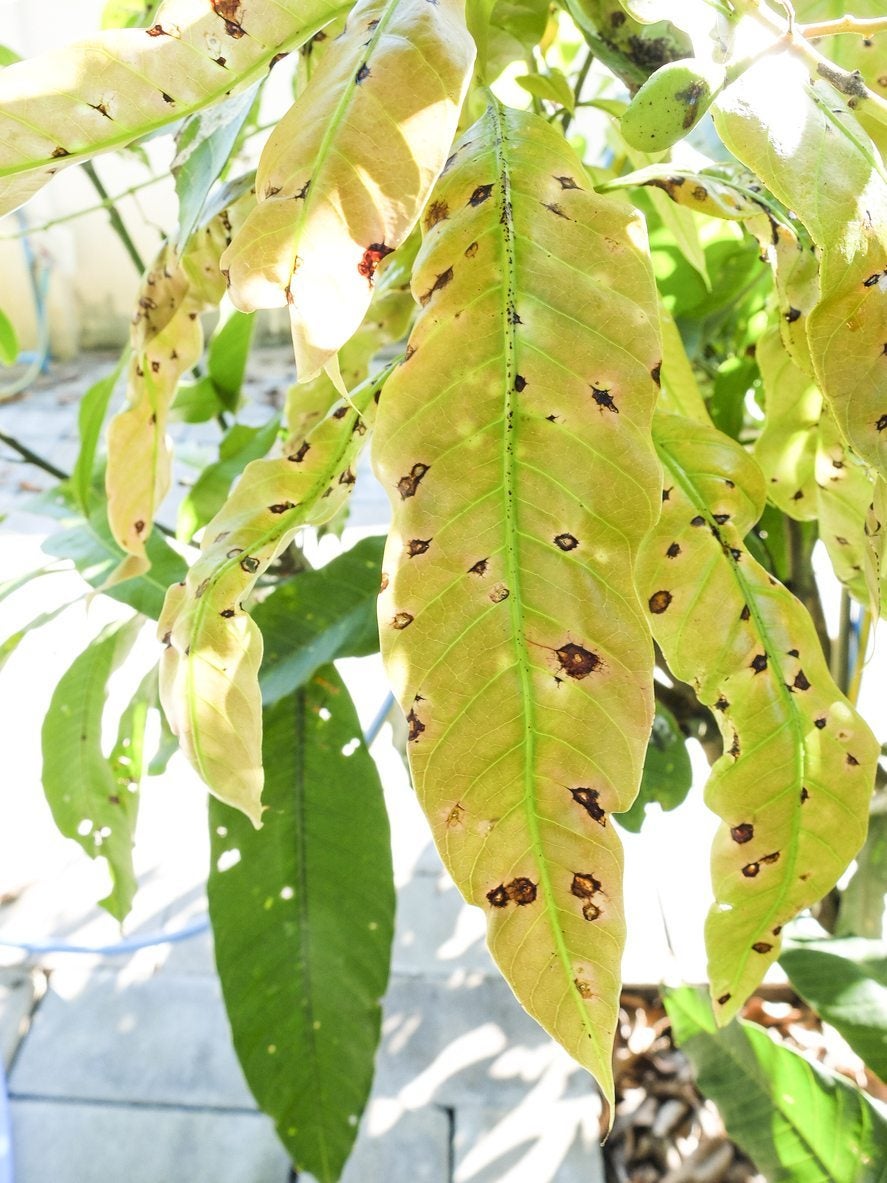 How To Manage Mango Disease: Tips For Treating A Sick Mango Tree
How To Manage Mango Disease: Tips For Treating A Sick Mango TreeDelicious they may be, but the trees are susceptible to a number of mango tree diseases. Treating a sick mango means correctly identifying mango disease symptoms. Click this article to find out about diseases of mangos and how to manage mango diseases.
By Amy Grant
-
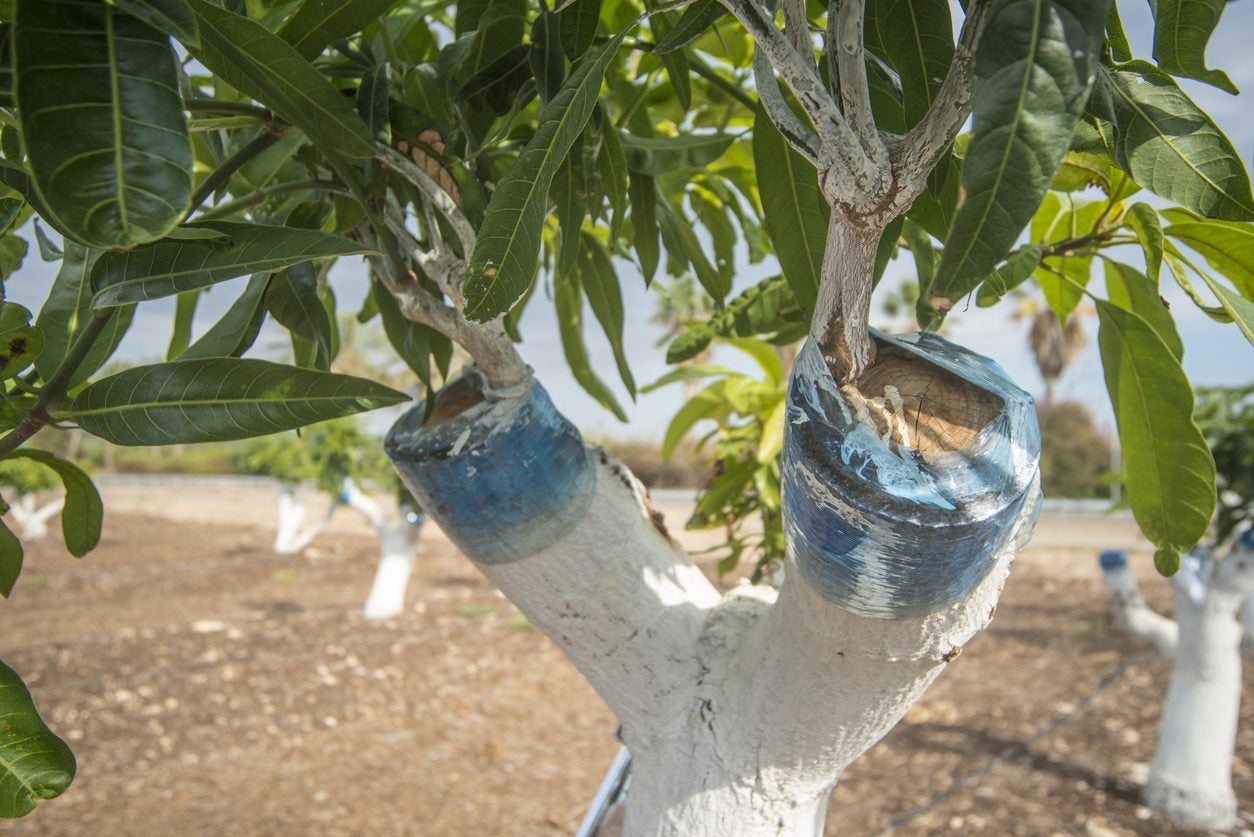 Mango Tree Grafting – Learn How To Graft A Mango Tree
Mango Tree Grafting – Learn How To Graft A Mango TreeWhen propagating by seed, trees take longer to produce fruit, thus mango tree grafting is the preferred method of propagation. In the following article, we?ll discuss how to graft a mango tree and other pertinent information of this technique.
By Amy Grant
-
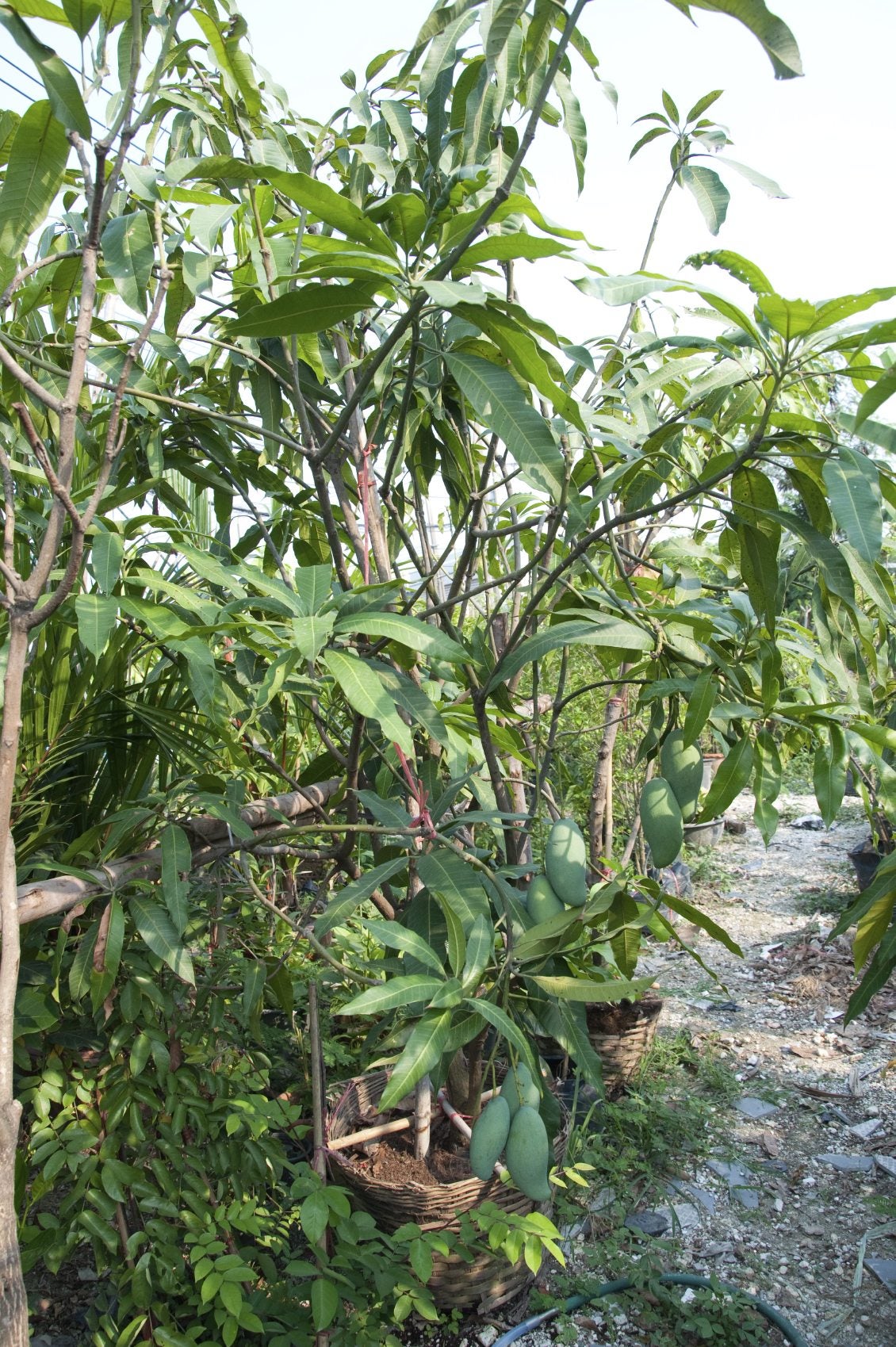 Mango Pruning Guide: Learn When And How To Trim A Mango Tree
Mango Pruning Guide: Learn When And How To Trim A Mango TreePruning mango trees improve their overall health and harvest. So how do you prune a mango tree and when is the best time to prune a mango tree? Learn more in the article that follows. Click here for additional information.
By Amy Grant
-
 Container Grown Mango Trees – How To Grow Mango Trees In Pots
Container Grown Mango Trees – How To Grow Mango Trees In PotsMangos are exotic, aromatic fruit trees that absolutely abhor cold temps. Since many of us don't live in such consistently warm regions, you might be wondering how to grow mango trees in pots or even if it's possible. Click here to learn more.
By Amy Grant
-
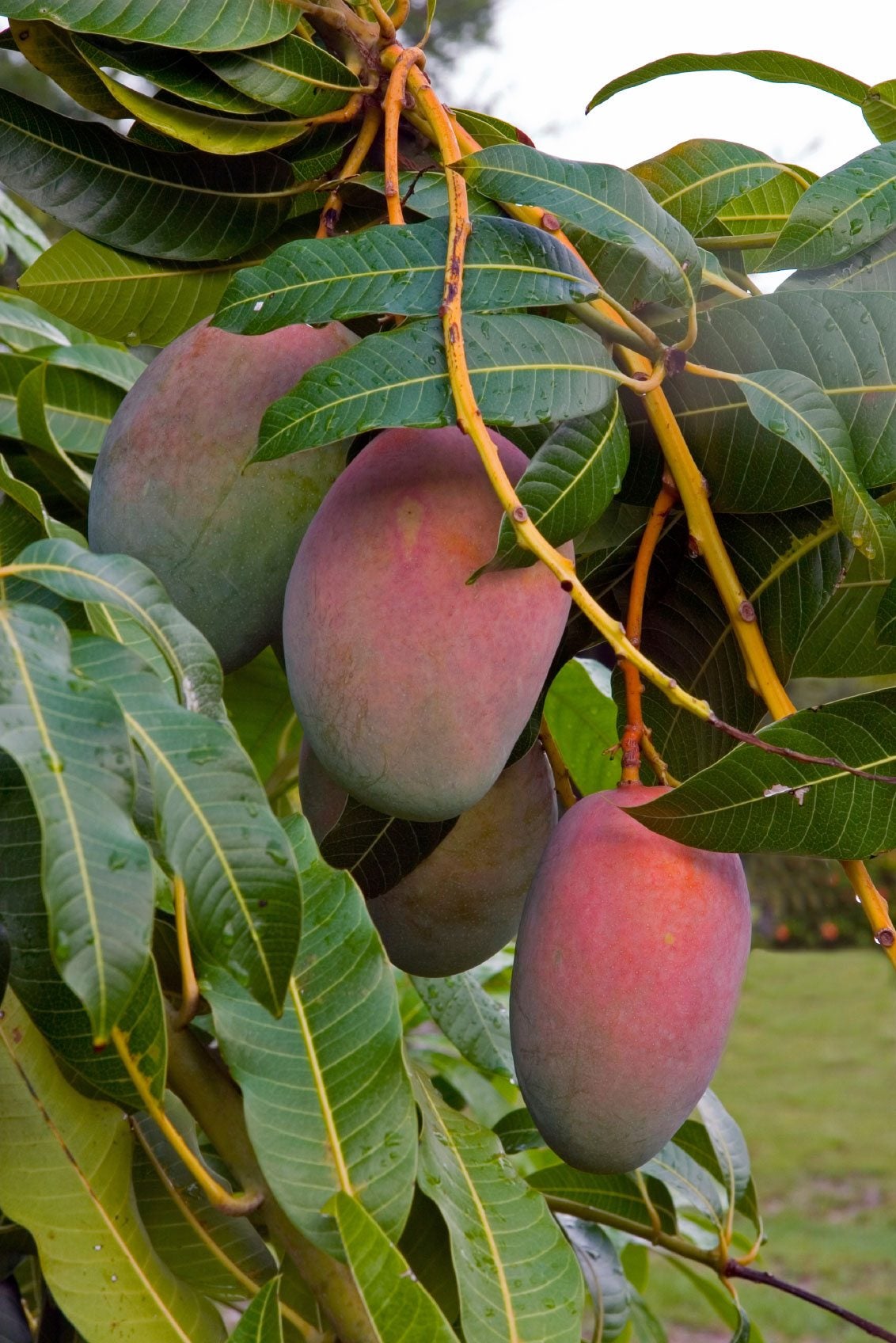 Mango Tree Not Producing: How To Get Mango Fruit
Mango Tree Not Producing: How To Get Mango FruitOne of the most popular fruits in the world, mango trees have been grown for more than 4,000 years. Mango tree problems, like no mango fruit on trees, have been duly noted with solutions found in this article.
By Amy Grant